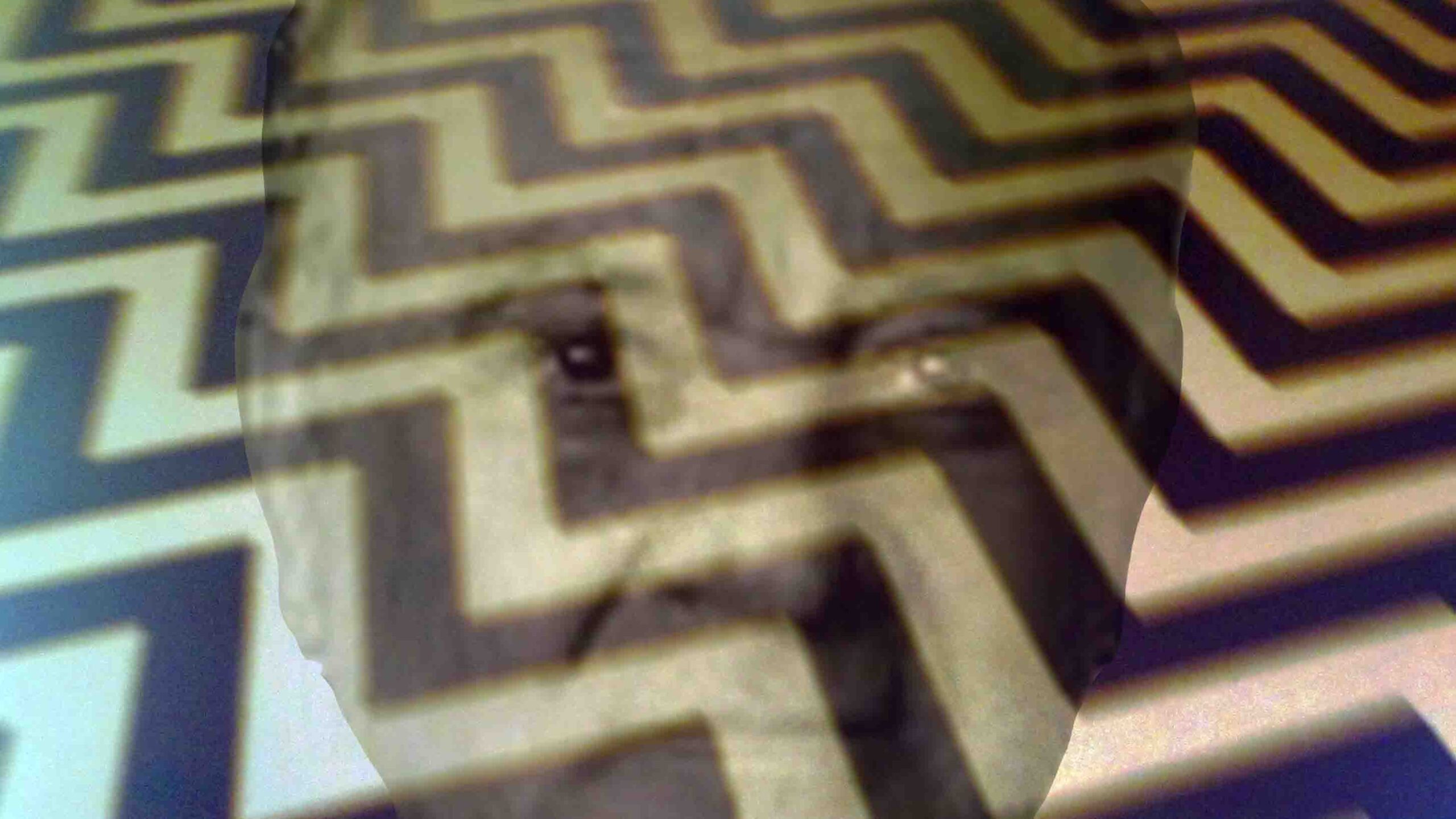This is an item from a recent Popula Planet newsletter, which you should sign up for!
I FIRST ENCOUNTERED Twin Peaks on VHS, through the box set released by Worldvision Enterprises (Not Affiliated with World Vision International a Religious and Charitable Organization) that was apparently notorious for its poor quality. (It didn’t occur to me that there could be high quality home video releases of basically anything.) This was not before the internet (the internet was already the place where you went to message boards to learn when precisely to hit stop on your VHS copy of the International Version of the pilot in order not to have the murder mystery spoiled for you before you got to episode one), but it was decidedly before YouTube and Wikipedia. Which is why it was not until many years later that I learned that Angelo Badalamenti, the genius behind the memorable, unsettling score of Twin Peaks, whose name I saw in the credits of each episode, was not actually some impossibly cool European arthouse composer or electronic musician, but was, in fact, Angelo from Bensonhurst.
That revelation came courtesy of this video, which you have likely seen pop up in your feeds since Badalamenti’s death, at age 85, was announced this week. In it, Badalamenti describes how he created Laura Palmer’s iconic theme, and delightfully reenacts Lynch’s ecstatic response to it.
When I mentioned this to Tom, he, amusingly, described almost the exact same revelation, except with seeing Blue Velvet in the arthouse cinema instead of Twin Peaks on the TV at my dad’s house. And if you think of David Lynch as the avant garde creator of “difficult” arthouse films, then it would only make sense to assume his composer was as exotic and foreign as Blue Velvet star Isabella Rossellini. But for Lynch the Spokane Boy Scout, it makes even more sense that one of his most important collaborators was actually middle-class Angelo from Brooklyn, who could sit down at his piano and make you cry, out of sadness or ecstasy.
Badalamenti’s “Twin Peaks” score is still, I think, hard to compare to anything else in the history of episodic television. A half-dozen or so original cues that recurred endlessly without ever getting old, each instantly evocative of a particular mood and able to dramatically alter that mood mid-scene. In the frequently dire back half of the second season, that score (along with the well-established visual language of the show and its impeccable production design) functioned as a kind of cheat code, turning anything you were watching back into, well, Twin Peaks. The silliest bit of business would be instantly elevated by the walking bass of “Dance of the Dream Man”; dread could be conjured from thin air, mid-scene, by cuing Laura’s theme.
As it happens, a silly Twitter video I saw just a few weeks ago illustrated the power of Badalamenti’s score perfectly. You may have seen it: It’s Danny DeVito in a therapist’s office from an episode of It’s Always Sunny in Philadelphia with “Laura Palmer’s Theme” added on top.
Added Laura Palmer's Theme to my favorite Sunny scene for @DannyDeVito's birthday pic.twitter.com/9tFo4aSIxa
— Mulvaholland Drive (@Seinpeaks) November 17, 2022
Laura’s theme “works” here not by being humorously incongruous, like tossing “O Fortuna” on a cat video. It works because, in spite of the workmanlike sitcom filmmaking, the flat lighting and uninteresting composition, it reveals that DeVito is not simply mugging, the man is acting. It wouldn’t work if he wasn’t already treating the material like Miloš Forman was directing him.
Here’s one of my favorite, if not “underrated” (it’s hard to say anything he did with Lynch isn’t properly rated), at least underappreciated Badalamenti compositions, from his top-to-bottom perfect soundtrack to “Fire Walk With Me.”
Thank you for reading POPULA! Add your email here to receive our newsletter!






